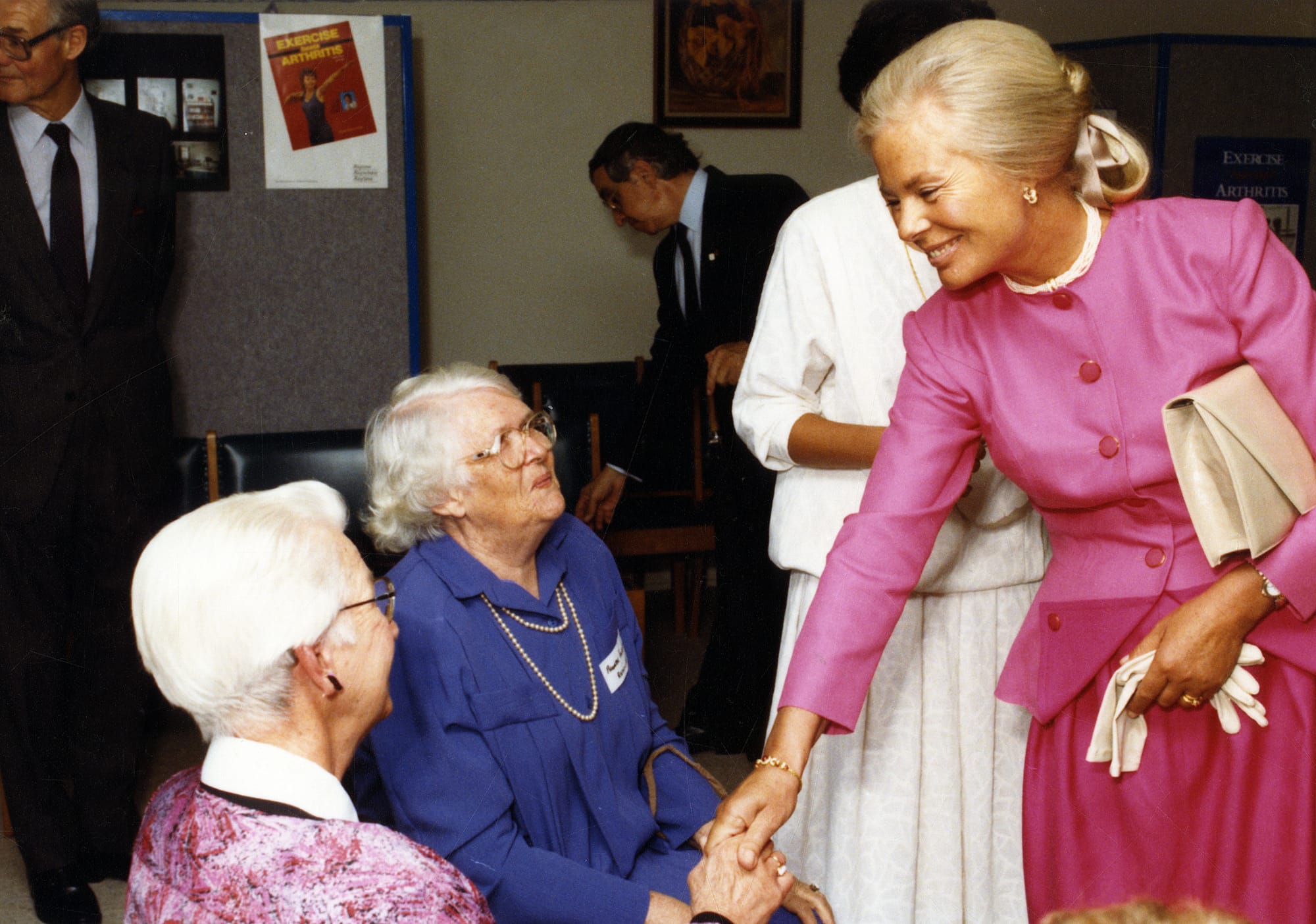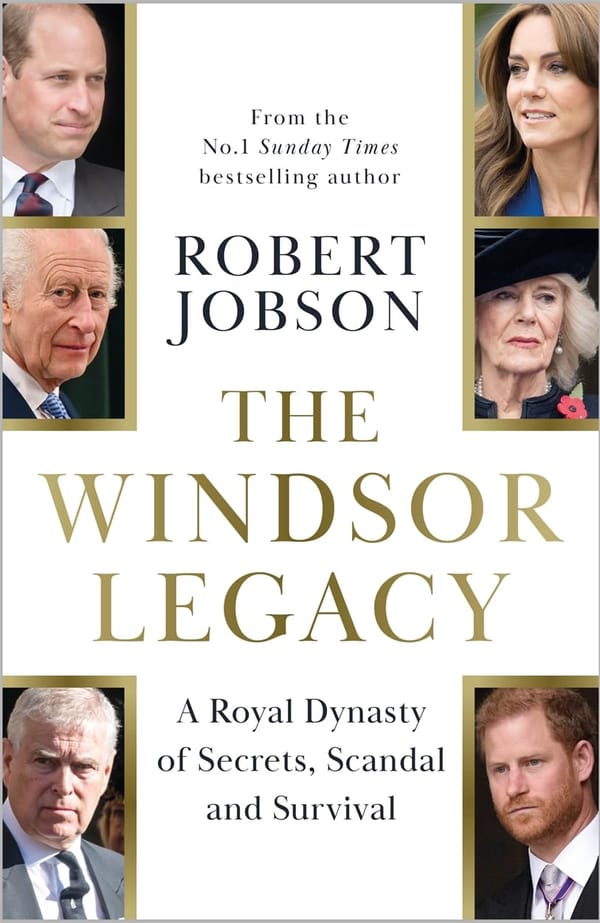Royal Obituary: Katharine, Duchess of Kent (1933–2025)

Katharine, Duchess of Kent, who has died today aged 92, was a distinctive and much-loved figure in the British royal family. Known for her quiet dignity, deep religious faith, and unwavering passion for music and education, she combined her role as a royal consort with a life of service, conviction, and personal independence.
Early Life and Background
Katharine Lucy Mary Worsley was born on 22 February 1933 at her family’s ancestral home, Hovingham Hall, in the North Riding of Yorkshire. She was the only daughter of Sir William Worsley, 4th Baronet, a landowner, cricketer, and wartime soldier, and his wife Joyce Brunner. Growing up in a large country house surrounded by the rhythms of rural Yorkshire, Katharine enjoyed a childhood shaped by the traditions of her family’s long-established estate.
Educated at Queen Margaret’s School in York and later at Runton Hill School in Norfolk, she showed an early aptitude for music, particularly the piano and violin. Determined to pursue her interest, she went on to study music at Miss Huberd’s School in Oxford and later in Vienna. Although she once aspired to be a concert pianist, she struggled with stage fright and reluctantly put aside the dream of performing professionally. Nonetheless, music would remain a defining thread throughout her life and work.
Marriage into the Royal Family
Her life changed dramatically when she met Prince Edward, Duke of Kent, a first cousin of Queen Elizabeth II. Their engagement was announced in March 1961, and on 8 June that year, she became the Duchess of Kent upon marrying the Duke at York Minster. The ceremony, attended by the Queen and senior royals, was the first royal wedding to be broadcast on television since that of Princess Margaret the previous decade.
The Duchess and Duke went on to have three children: George, Earl of St Andrews (born 1962); Lady Helen Taylor (born 1964), known for her involvement in the arts; and Lord Nicholas Windsor (born 1970), who later became notable for his strong Catholic faith and humanitarian advocacy.
As a working member of the royal family, the Duchess accompanied her husband on official duties at home and abroad, representing the monarchy at state occasions, military events, and charitable functions. She was known for her approachable manner and ability to connect with ordinary people.
A Unique and Independent Spirit

What set the Duchess apart from many of her royal contemporaries was her independence of mind. In 1994, she made headlines when she was received into the Roman Catholic Church, the first senior member of the royal family to convert openly since the early 18th century. The move was bold, as the 1701 Act of Settlement placed restrictions on royals who married Catholics, though Katharine’s decision did not affect her husband’s place in the line of succession.
Her conversion reflected her deep personal faith and her willingness to follow her conscience, regardless of convention. She remained committed to her Catholic beliefs for the rest of her life, attending Mass regularly and supporting church charities.
Passion for Music and Teaching
Music remained Katharine’s greatest personal passion. Rather than limiting herself to ceremonial patronages, she immersed herself in practical work, believing strongly that music could transform lives. She was patron of the Royal Northern College of Music, the Yehudi Menuhin School, and other institutions, frequently lending her support to young musicians.
Perhaps her most remarkable role came after she withdrew from public life in the late 1990s. In 2004, she quietly began working part-time as a music teacher at a primary school in Hull, where she taught piano, violin, and singing. Few parents and pupils at first realised that their kindly, softly spoken teacher was a duchess. For Katharine, it was not a gesture but a vocation — she genuinely loved teaching children and believed passionately in giving them access to music regardless of their background.
Later Years and Withdrawal from Public Life
By the late 1990s, Katharine chose to step back from frontline royal duties, citing a desire for a quieter life away from the pressures of constant public attention. She rarely appeared at official events thereafter, though she did attend occasional family occasions, such as weddings, funerals, and jubilees.
Her withdrawal coincided with a particularly turbulent period for the monarchy, and her decision was seen as an early recognition that not every royal needed to maintain a heavy public schedule. Instead, she chose to devote her energies to the causes closest to her heart: music, education, and faith.
She lived mostly in Windsor with the Duke of Kent, who remained one of the Queen’s most loyal cousins and a regular presence at state occasions, including Trooping the Colour and Remembrance Day ceremonies. The Duchess, meanwhile, preferred the background, embodying the idea that one could serve without being constantly visible.
Legacy and Character
Throughout her life, the Duchess of Kent was admired for her humility, warmth, and sense of humanity. She was often described as shy, yet those who knew her well spoke of her kindness and quiet determination.
Her conversion to Catholicism highlighted her integrity and independence, while her commitment to music and education showed a genuine desire to make a difference beyond the confines of palace life. For many, she represented a bridge between tradition and modernity in the royal family — a figure rooted in duty but unafraid to follow her own path.
She is survived by her husband, the Duke of Kent, her three children, and ten grandchildren.
Conclusion
The Duchess of Kent’s life cannot be measured solely in royal titles or public engagements. It was defined instead by a strong moral compass, a love of teaching, and a belief in the transformative power of the arts. In stepping away from the spotlight to live a life of service, she demonstrated that royalty could be lived with quiet distinction rather than grandeur.
Her death closes a chapter on a singular royal life — one lived with faith, humility, and devotion to others.




